Road building machinery, construction equipment, mining equipment and heavy equipment for other purposes represents a substantial investment.
This means that no matter what class and kind of machinery you need; from excavators and TLB’s to motor graders, loaders or bulldozers; it’s important to make the right decision. You want to pay the best possible price for the machinery that will perform as required, for as long as possible.
Decisions decisions – new or used?
Do you only need machinery for a single project or limited time period? Then hiring the machines may be your solution. However, when looking at the long-term, hiring machines may not be the answer as buying will not only be more cost-effective, but also add value to your business.
So should you buy new or turn to the used market? There are benefits to buying new machines; like receiving the latest product on the market with the latest available technology and the warranty/service period that comes with. But buying new can be expensive, requiring substantial investments from the buyer. And then there is the USD/ZAR exchange rate to look out for.
ADVANTAGES of buying used machines are as follows:
- smaller capital investment
- good deals can be found in used market
- initial depreciation on new machines is avoided
- little-to-no waiting time for delivery
DISADVANTAGES of buying used machines are as follows:
- not being fully aware of what you’re buying
- unforeseen expenditures on machines
- no guarantee on remaining lifetime of machines
What To Look Out For When Buying Used Machines
We have compiled a few suggestions for the second-hand buyer:
Who is the seller?
Is it a private sale? Through a dealer or company? Here are a few online places to look:
Still Under Warranty?
It may be possible that the machinery is still under warranty, this is definitely something to look out for.
Good Service History?
Has the machine been serviced regularly and looked after? Ask to see the service records and ask about any deviations from the service intervals.
Popular Brand?
Is the machine of a well established brand? If not, do your homework on the brand and ask around in the industry.
Hours of Operation
The year model of the machine should be taken into account, yes, but its clocked-in operation hours may be more important. It goes without saying that the more it has been used, the greater the chance of wear and tear. Thus, the fewer hours it has, the better. But always remember its also about how the machine was used during those hours. This can make a big difference.
Inspection Time
We highly recommend you and/or a representative to physically inspect the machine of interest. Not an expert in the field? Get someone who is to do the inspection for you. Check for leaks, obvious damages, and get a feel for how the machine was used.
New Parts
Have any new parts been installed? Any customizations or signs of repair to the machine? Why were they installed/done? Was there something seriously wrong or is it a frequently replaced item? Get all the information.
The Test Drive
It’s show time. Hop on and test the ins-and-outs of the machine. Ask questions and more questions. Let the engine run and listen to it. Listen for any unusual sounds when on the move.
Discontinued Brands
You should avoid brands that have been discontinued as getting replacements may be very challenging if not impossible at times. And nobody wants to be in that situation.

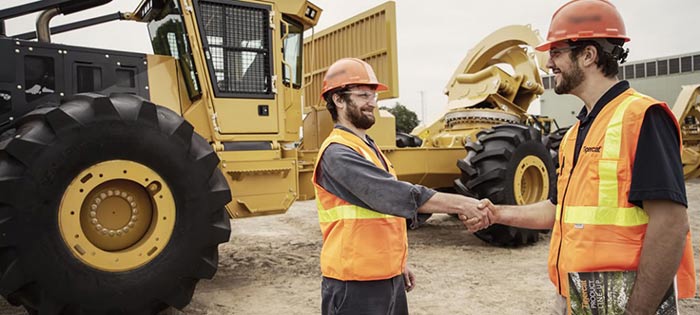

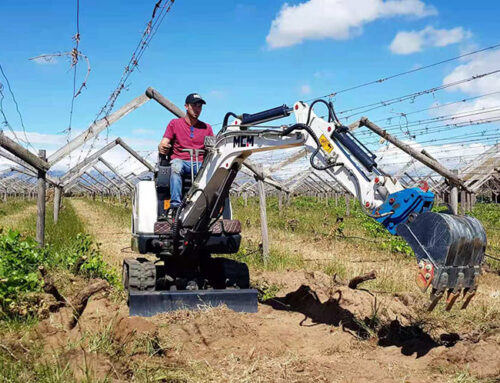
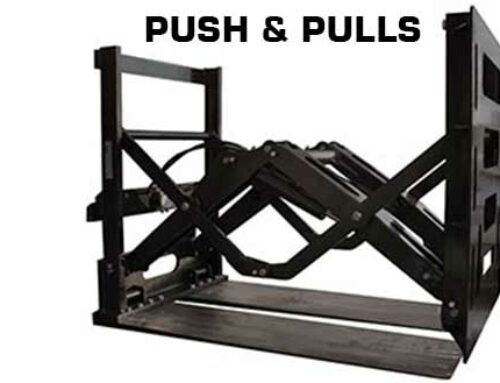
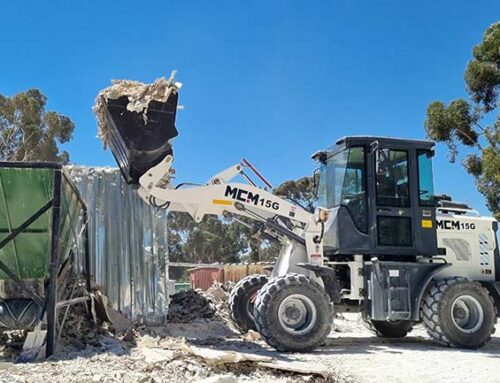
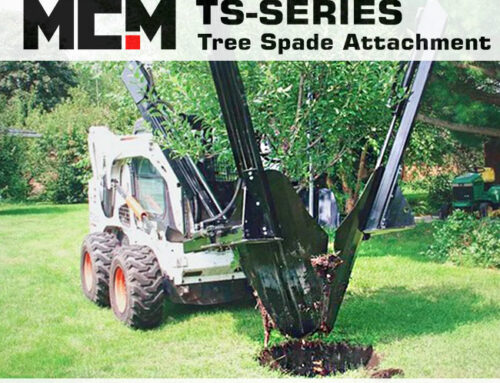
Leave A Comment